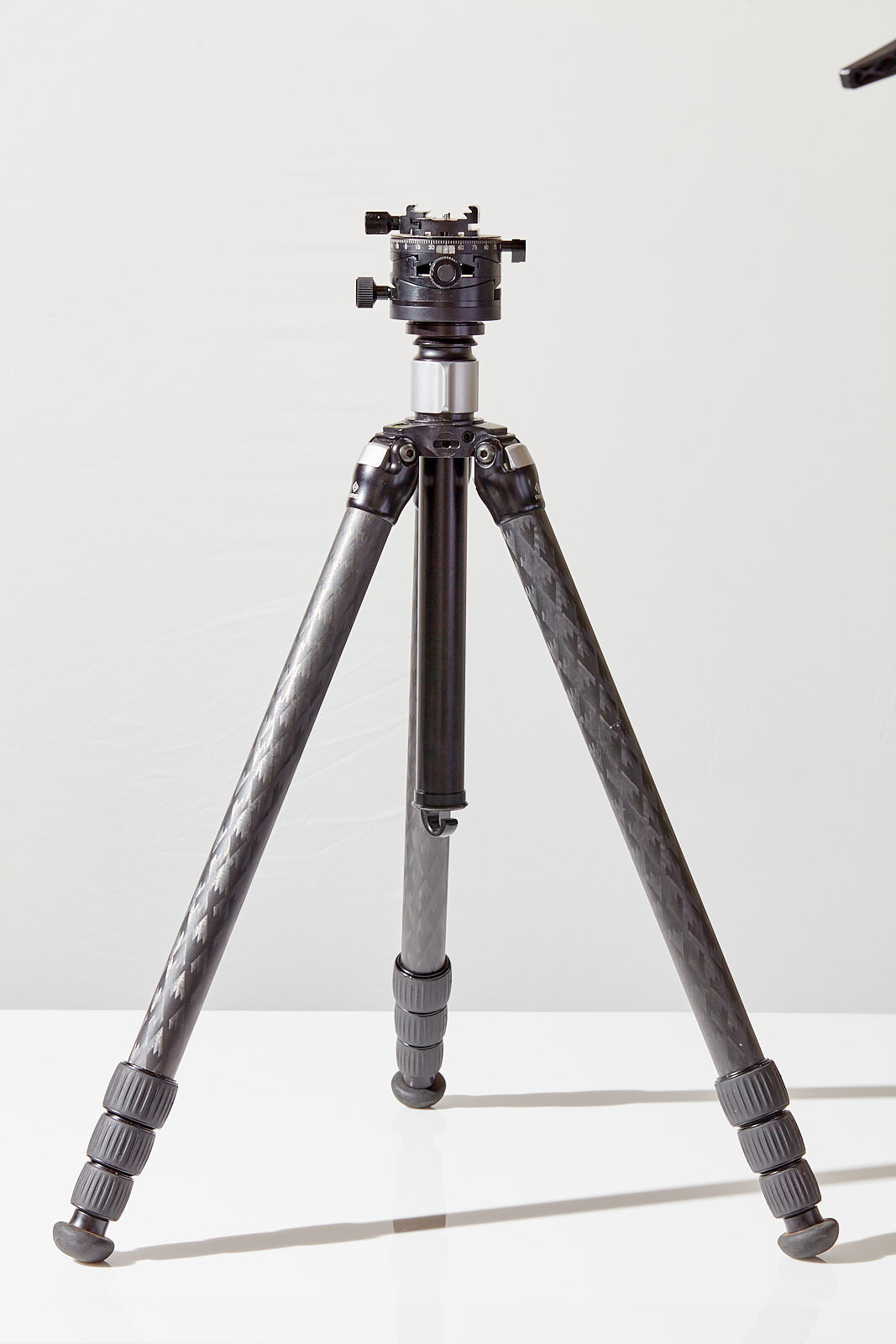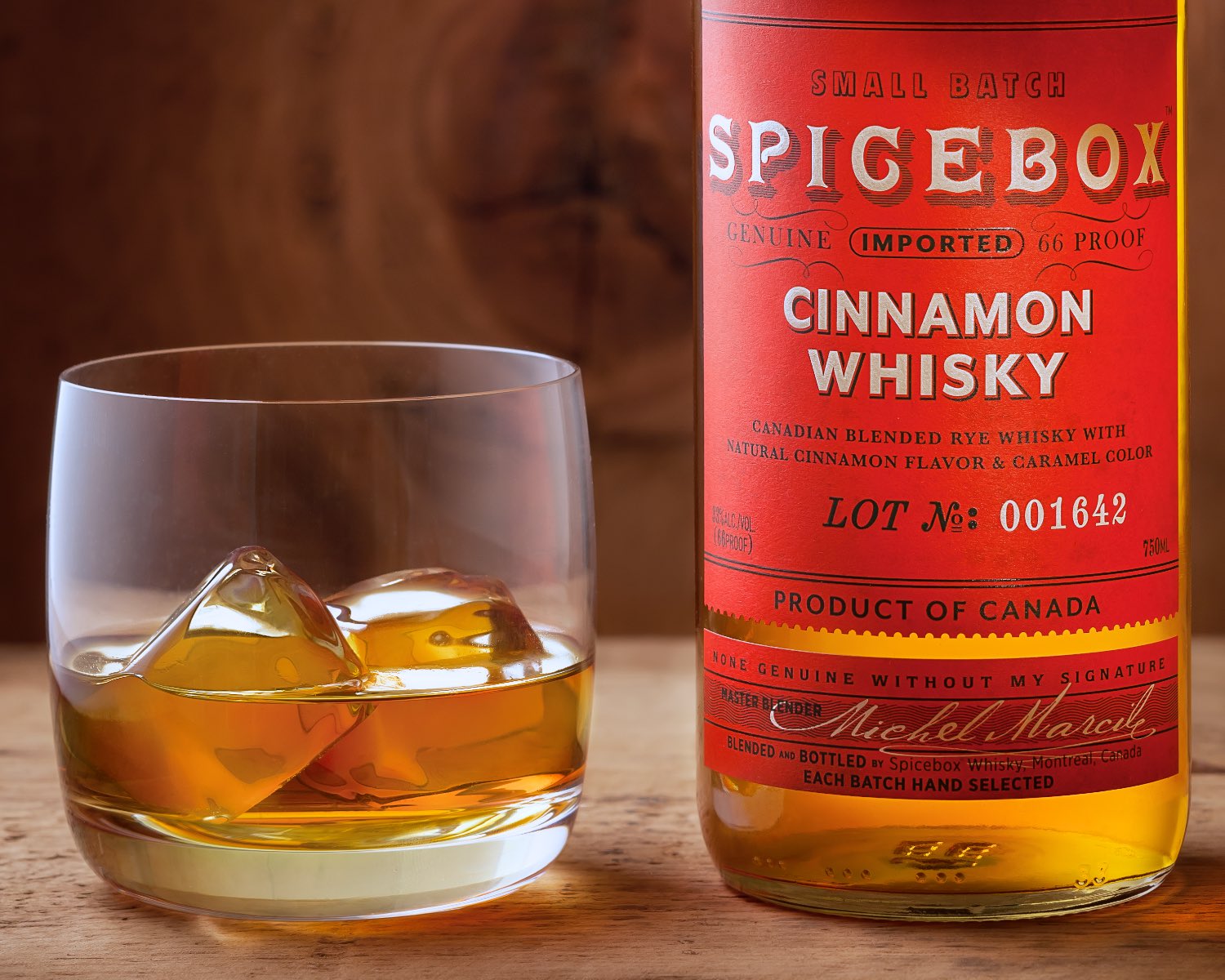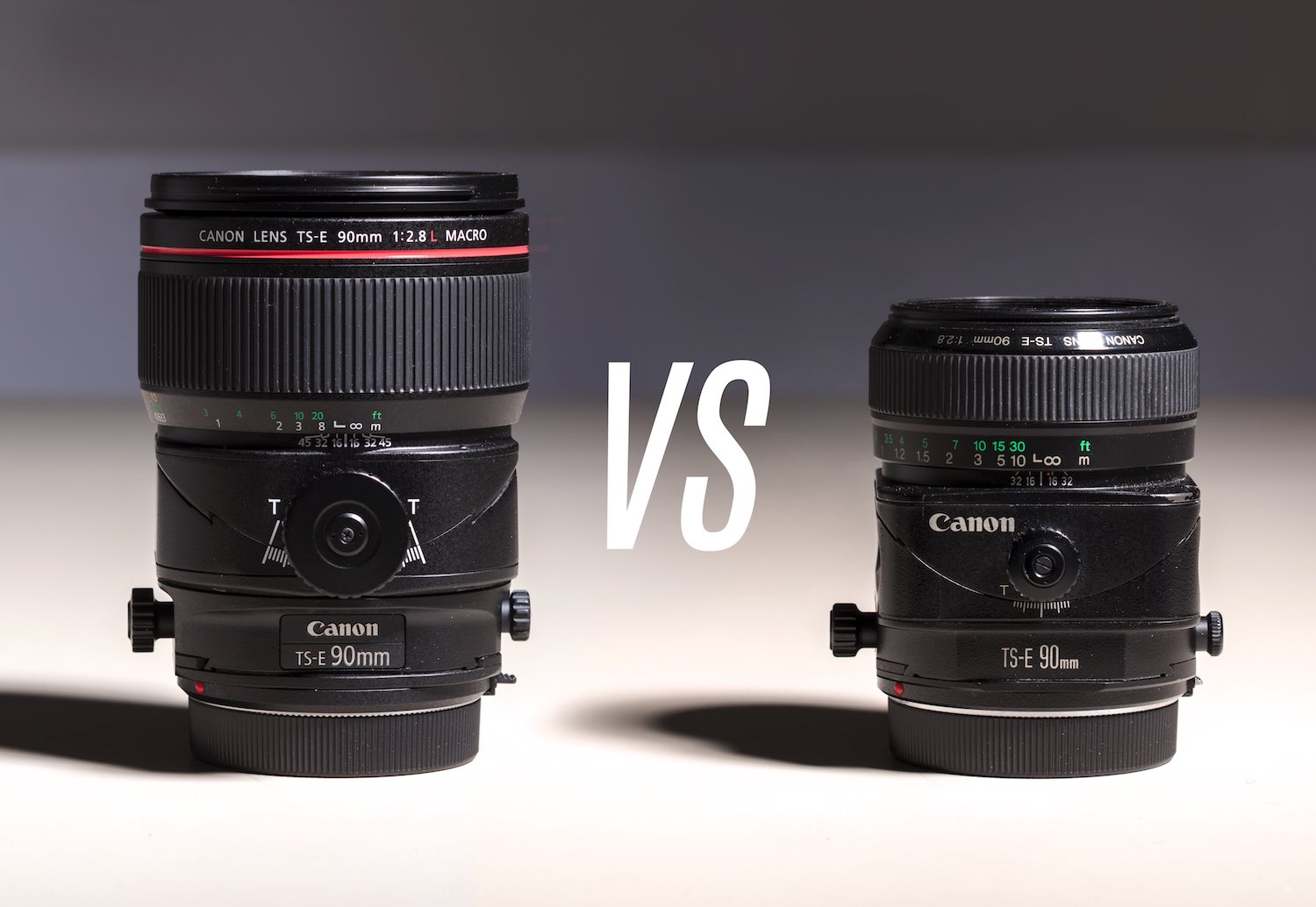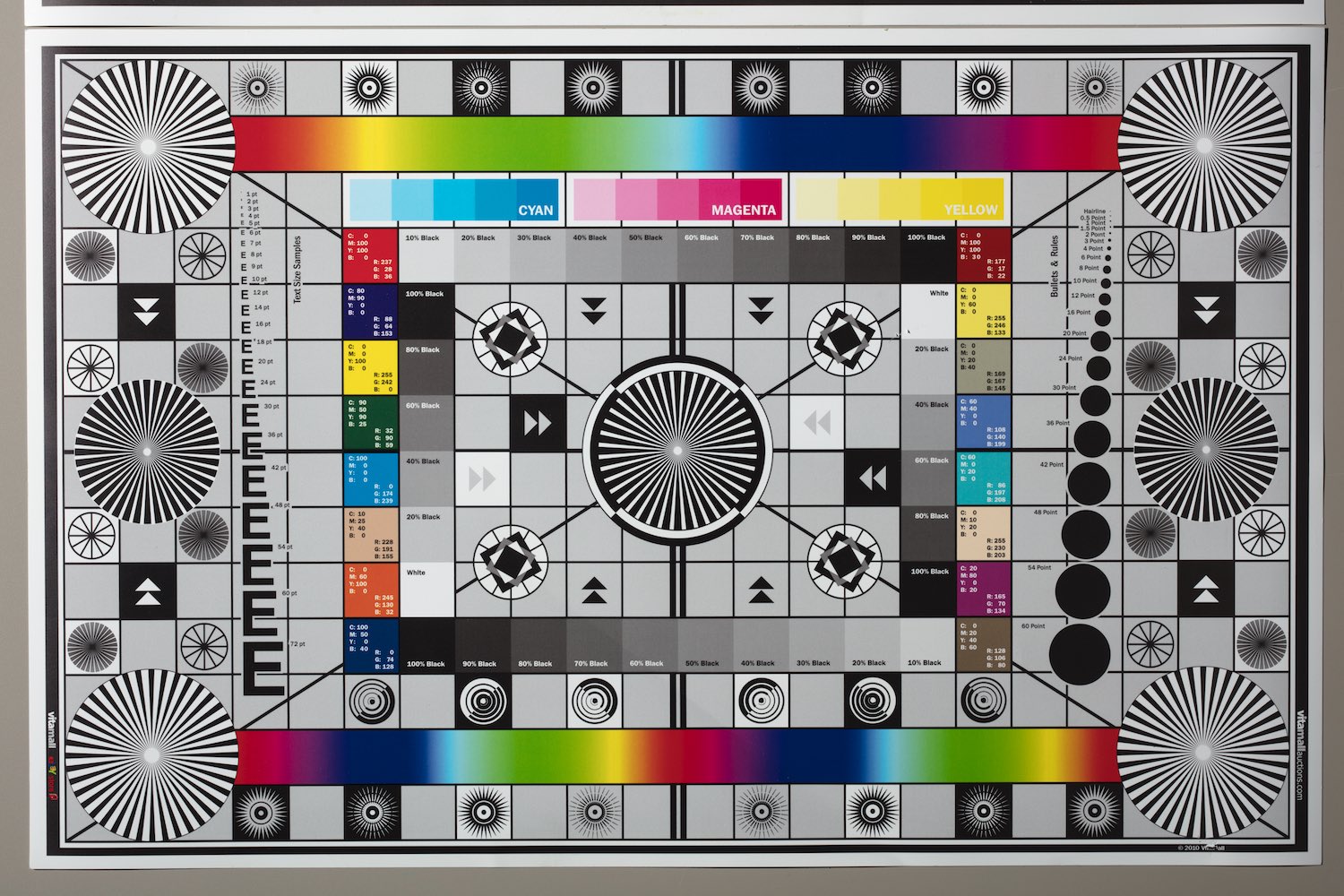Speaking of sets, client's needs can be very specific. Does the apple need to be on a white backdrop, or spilling out of an orchard basket? Should it be sitting on a kitchen table or a tree stump? If it is a kitchen table, is there other food involved? and if so, how complicated is the preparation and how perfect does it need to look? Will a food stylist be necessary? The point of all of this is that every decision requires someones attention, if the backdrop needs to be a marble slab or an antique cutting board someone needs to shop for options, buy them and get them on set. You can begin to see how a photo of an apple can be a little more complicated that a click of the camera shutter. And if you quickly were to answer $10. you as the photographer just promised the client something you can’t deliver without losing hundreds of dollars out of your own pocket.
Let's imagine a couple of different scenarios from the same client. The client is a local orchard that allows patrons to "pick their own", they also sell jams and jellies and even offer hayrides. They are interested in two bids, a low cost option and a more expensive image that could tie in all of the aspects of the business. The intended use for both images will be a webpage banner as well as local advertising and direct mail.
The idea for the low cost version is a single retouched image of a perfect apple being plucked by a childs hand. The orchard will provide the location and all of the apples, and two of the orchard's employees have volunteered their children to model for the hand. This shot is relatively simple, made even easier by the volunteer hand models. The shoot would take a couple hours and would probably require an assistant to hold a reflector to get the best possible light. The assistant also keeps the pace moving quickly which can be a life saver when kids are involved.
so the costs of the first scenario would be:
1. The photographer’s time on set
2. The assistant’s time on set
3. Post-processing of the images
4. Use of the photographers equipment- in this case a camera, lens and backup camera
The more expensive option features an antique basket stuffed to the brim with perfect apples and their signature brand of jams and jellies, wrapped in a gingham cloth, while in the background the hayride passes a family happily "picking their own". This shoot poses several challenges that each require time and resources. For instance, the antique basket, if the client doesn't have one or for some reason wont work because it is too big or small. One needs to be found or purchased. Sourcing a good selection of baskets will take a couple of hours of ebay shopping and a few purchases totalling somewhere north of $150. Then the basket must be filled in an appealing way, it might require a false bottom, or perhaps the apples and jars will need to be glued into place with hot glue or dental wax to get every jar's label legible and looking good. All of this matters and requires time and attention on set.
Since this will essentially be a product shot, lighting will be necessary for the foreground element of the basket of apples and jellies. The background plates of both the hayride and the family picking apples can probably safely be shot using natural light. Each element requires special attention so the final image will likely be composed of several exposures combined together digitally by a retoucher. In order to insure that the shoot is a success, the images will be captured direct to a computer so that the client can watch and provide imput.
The costs for scenario two include:
1. The photographers time on set
2. The assistants time on set
3. Time purchasing and shopping for props (basket options and gingham cloth)
4. Time coordinating family shoot
5. Time styling basket and props
6. Expendables , gells for lights, gaff tape, cinefoil, glue or dental wax
7. Actual costs of props
8. post-production of images
9. The retouchers time piecing together best versions of photos
10. Use of photographers equipment which in this case includes a camera, lens, backup camera, battery powered strobe lights, computer, equipment cart and a tethering table for computer monitor.
It is easy to see how even two images for the same client can require drastically different effort and time. While 10 bucks might be plenty to just “photograph an apple”, it won’t cut it for anything remotely difficult. The more complicated and specific the clients needs are, the more challenging bringing all of the parts together can be. Since it only takes a fraction of a second to shoot a single photo, it is easy to forget that it can take a co-ordinated effort and days of preparation to make something really great. And it all goes to prove that an apple is not an apple is not an apple.






















































